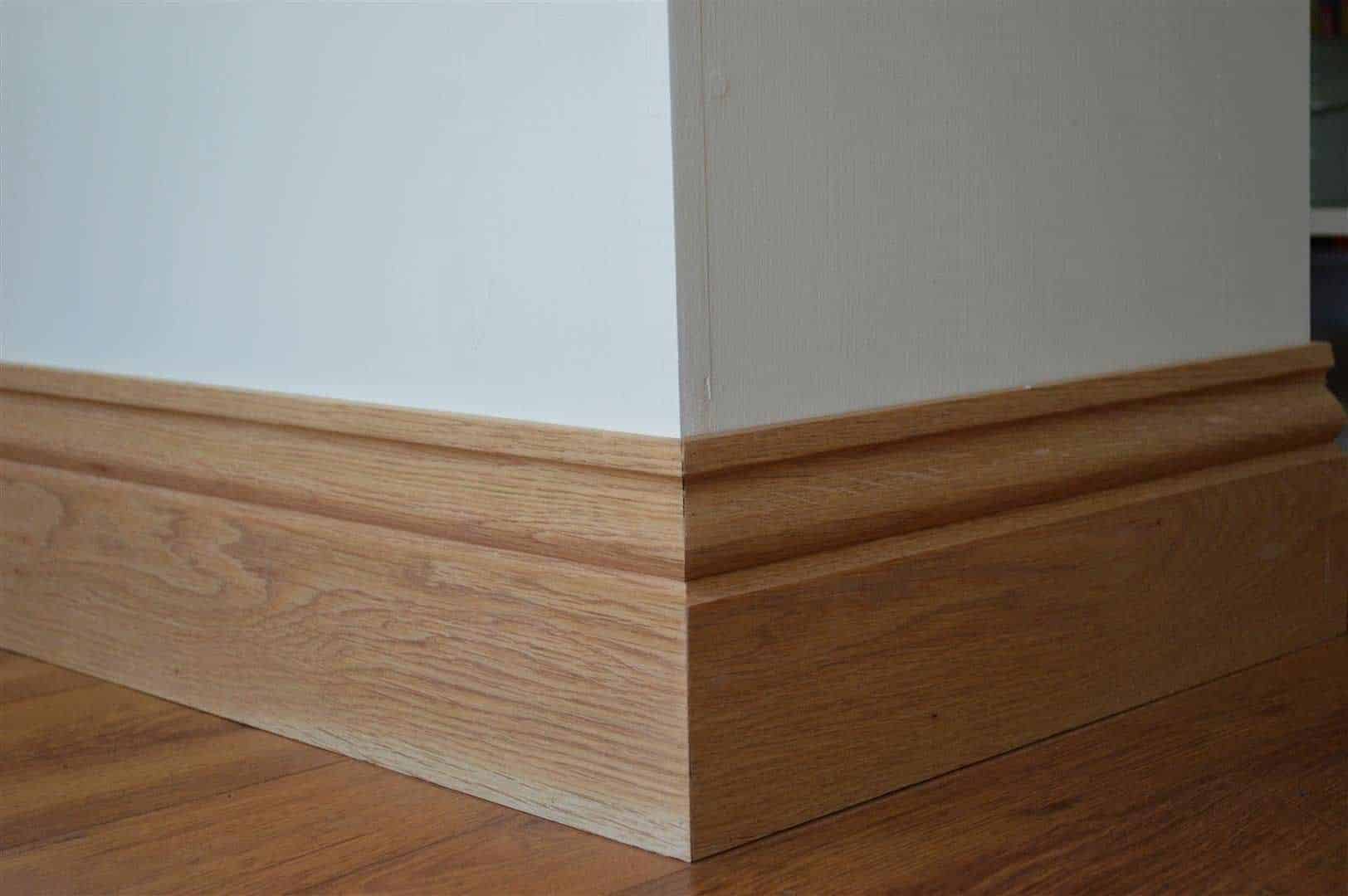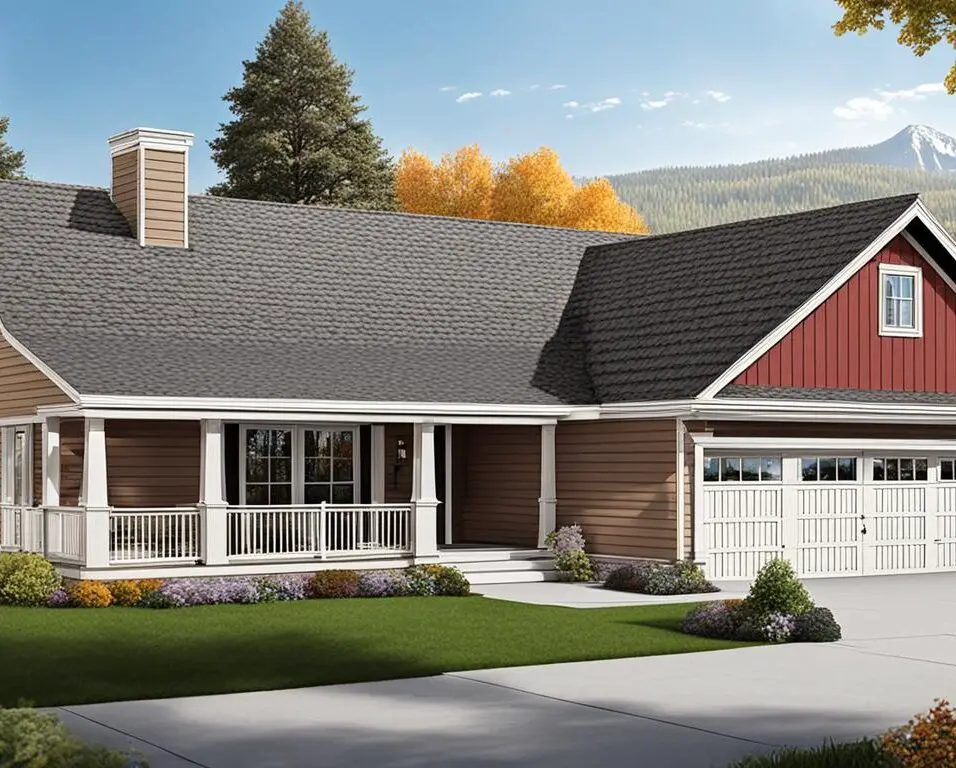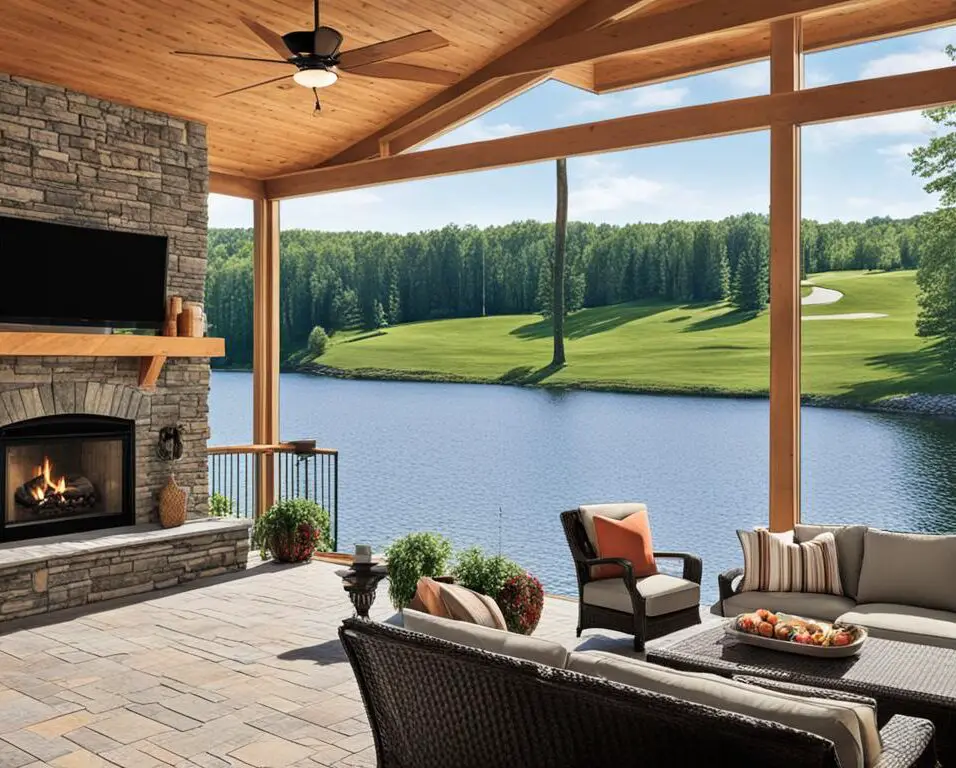How To Match Baseboard
Introduction
Matching baseboards can be a challenging task, especially if you are trying to find an exact match for an existing baseboard in your home. Whether you are renovating a room or simply replacing a damaged baseboard, it is important to ensure that the new baseboard matches the style, color, and size of the existing baseboards. In this article, we will provide you with some helpful tips and techniques on how to match baseboards effectively.
Firstly, it is important to determine the style of your existing baseboards. Baseboards come in various styles, such as traditional, modern, or colonial. Take a close look at the design and profile of your baseboards to identify their style. This will help you in finding a new baseboard that closely matches the existing ones.
Secondly, consider the color of your existing circulate baseboards. Baseboards are typically painted or stained to match the color scheme of the room. If your baseboards are painted, take note of the color and finish. If they are stained, determine the type of wood and the stain color used. Armed with this information, you can visit a home improvement store or contact a supplier to find a baseboard that matches the color and finish of your existing ones.
Lastly, measure the size of your existing baseboards. Baseboards come in various heights and widths, so it is important to measure the dimensions accurately. Use a tape measure to measure the height and width of your existing baseboards. This will help you in finding a new baseboard that is the same size or can be easily trimmed to fit.
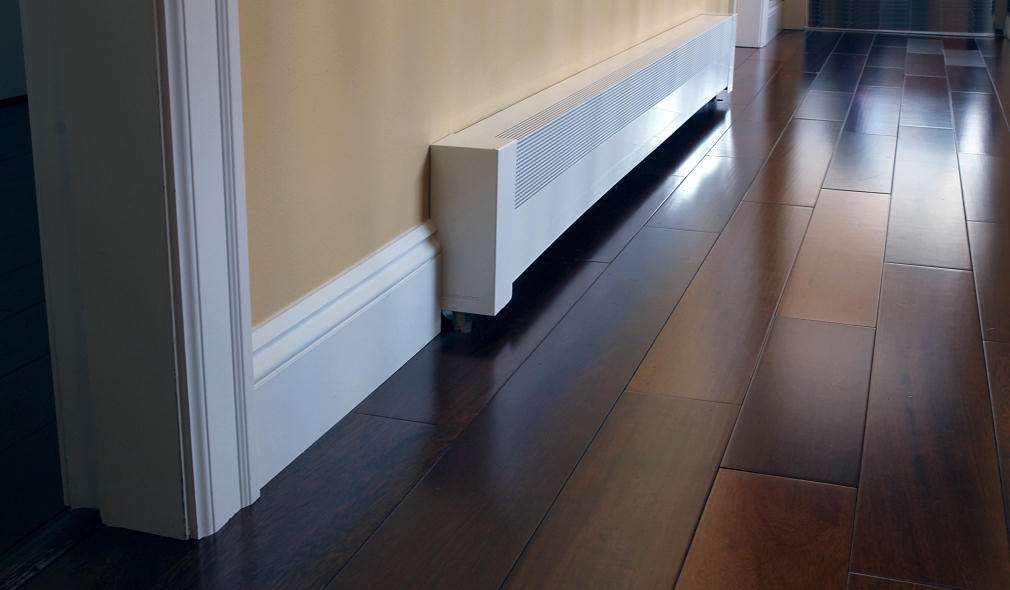
How do I identify baseboards?
Baseboards are planks that cover the length of the lowest part of the interior wall up to a door’s lower joint. The types of baseboards installed in rooms can be a few inches high or reach halfway up the walls.
Identifying baseboards is an essential skill for homeowners and DIY enthusiasts alike. Baseboards are the trim that runs along the bottom of interior walls, covering the joint between the wall and the floor. They not only provide a finished look to a room but also protect the wall from damage. Whether you are looking to replace or repair your baseboards, or simply want to know more about the different types available, being able to identify baseboards is crucial.
One way to identify baseboards is by their location.
Baseboards are typically installed at the bottom of the wall, where it meets the floor. They run along the entire perimeter of a room, creating a seamless transition between the wall and the floor. If you see a horizontal strip of trim at the base of your walls, chances are it is a baseboard.
Another way to identify baseboards is by their shape and size. Baseboards come in various profiles, ranging from simple and understated to ornate and decorative. Common baseboard profiles include flat, rounded, and beveled. Additionally, baseboards can vary in height, with taller baseboards often found in older homes with higher ceilings. By examining the shape and size of the trim, you can determine if it is a baseboard.
Baseboards are typically made of wood or a wood composite material. They are often painted or stained to match the color scheme of the room. If the trim appears to be made of wood and is painted or stained, it is likely a baseboard. However, it is important to note that some baseboards may be made of other materials, such as vinyl or PVC, so it is always a good idea to inspect the trim closely.
How do I choose the right baseboards?
There are a few different types of baseboards to choose from and each has its own specific characteristics. Ultimately, it’s important to select an option that best matches your design aesthetic. Look at existing window casings, door openings, crown moldings, and other trim details in your home to guide your choice.
Choosing the right baseboards for your home is an important decision that can greatly impact the overall look and feel of your space. Baseboards not only serve a functional purpose by covering the gap between the wall and the floor, but they also add a decorative element to your room. With so many options available, it can be overwhelming to know where to start. However, by considering a few key factors, you can easily choose the right baseboards for your home.
Choosing Baseboards: Style Considerations for Home Aesthetics
Firstly, consider the style of your home. Are you going for a modern, contemporary look or do you prefer a more traditional, classic style? The style of your home will help guide you in choosing the right baseboards. For example, if you have a modern home with clean lines and minimalistic design, you may want to opt for simple, straight baseboards. On the other hand, if you have a more traditional home with ornate details and intricate moldings, you may want to choose baseboards with more decorative elements.
Secondly, consider the height of your baseboards. Baseboards come in various heights, ranging from a few inches to over a foot tall.
Thirdly, consider the material of your baseboards. Baseboards can be made from a variety of materials, including wood, MDF (medium-density fiberboard), and PVC (polyvinyl chloride). Each material has its own advantages and disadvantages. Wood baseboards are durable and can be stained or painted to match your decor, but they can be more expensive. MDF baseboards are affordable and easy to install, but they are not as durable as wood. PVC baseboards are moisture-resistant and easy to clean, but they may not have the same aesthetic appeal as wood or MDF.
Lastly, consider your budget. Baseboards come in a wide range of prices, so it’s important to determine how much you are willing to spend. Keep in mind that higher-quality materials and more intricate designs will generally cost more. However, there are also affordable options available that can still enhance the look of your space.
Should baseboards be lighter or darker than walls?
Your options for wall and trim color combinations go beyond white trim and a colored wall. Painting the trim and woodwork darker than the walls, for example, focuses attention on window and door frames. If you love color, consider painting the trim a contrasting hue that’s equal in intensity to the wall color.
When it comes to choosing the color of baseboards, there is no hard and fast rule that dictates whether they should be lighter or darker than the walls. The decision ultimately depends on the overall aesthetic you want to achieve in your space. Both options have their own advantages and can create different effects in a room.
Lighter baseboards can help create a sense of openness and airiness in a room
By choosing a lighter color for your baseboards, you can make the walls appear taller and the space feel more expansive. This can be particularly beneficial in smaller rooms or spaces with low ceilings, as it can help create the illusion of more height. Lighter baseboards also tend to blend in with the walls, creating a seamless and cohesive look.
Darker baseboards, on the other hand, can add depth and dimension to a room. By opting for a darker color for your baseboards, you can create a visual contrast between the walls and the floor, which can make the space feel more grounded and substantial. Darker baseboards can also help define the architectural features of a room, such as crown molding or wainscoting, by drawing attention to them. Additionally, darker baseboards can be a practical choice, as they are less likely to show dirt and scuff marks compared to lighter ones.
Do baseboards need to match in every room?
Using the same trim color throughout your home will create a united, and cohesive flow, however, there are no rules to say you it has to be the same color in every room – do what feels best for the particular design in each room – and as our experts have shared – do not be afraid to use different colors!
When it comes to interior design, one common question that often arises is whether baseboards need to match in every room. Baseboards are an essential element of any room as they provide a finished look to the space and help protect the walls from damage. However, there is no hard and fast rule that states that baseboards must match in every room.
Matching baseboards can create a cohesive and uniform look throughout the house
This can be particularly beneficial in open floor plan homes where multiple rooms are visible from one another. Having consistent baseboards can help create a sense of flow and continuity, making the space feel more harmonious. It also simplifies the decision-making process as you don’t have to choose different baseboard styles for each room.
On the other hand, mixing baseboard styles can add visual interest and character to each room. Different rooms serve different purposes and have unique design styles, and using different baseboards can help highlight these differences. For example, you might opt for a more ornate and decorative baseboard in the formal living room, while choosing a simpler and more modern baseboard in the kitchen. This allows each room to have its own distinct personality and style.
Another factor to consider is the architectural style of your home. If you have a historic or period-style home, it may be more appropriate to match the baseboards throughout the house to maintain the authenticity and integrity of the design. However, in more contemporary homes, mixing baseboard styles can be a creative way to add visual interest and showcase your personal style.
Should baseboards be tall or short?
When it comes to choosing baseboards for your home, there are several factors to consider. One of the main decisions you’ll need to make is whether to go with tall or short baseboards. Both options have their own advantages and can greatly impact the overall look and feel of your space. In this article, we’ll explore the pros and cons of each option to help you make an informed decision.
Tall baseboards are typically around 5 to 7 inches in height and are known for their elegant and sophisticated appearance. They can add a touch of grandeur to any room and create a sense of height and spaciousness. Tall baseboards are often used in formal or traditional settings, where they can enhance the architectural details and create a more polished look. They can also help to visually balance out high ceilings and large rooms, making them feel more proportionate.
On the other hand, short baseboards are usually around 3 to 4 inches in height and are favored for their simplicity and versatility. They are a popular choice for modern and minimalist interiors, as they provide a clean and understated look. Short baseboards can make a room feel more contemporary and can be a great option if you want to highlight other design elements, such as artwork or furniture. They are also easier to clean and maintain, as they are less likely to collect dust or get damaged.
Choosing Baseboard Height: Tailoring Aesthetics to Personal Style and Space Characteristics
Ultimately, the decision between tall and short baseboards will depend on your personal style, the architectural style of your home, and the overall aesthetic you want to achieve. Consider the size and scale of your space, as well as the other design elements in the room. If you have high ceilings or a more formal setting, tall baseboards may be the better choice. On the other hand, if you prefer a more minimalist or contemporary look, short baseboards may be the way to go.
There is no right or wrong answer when it comes to choosing baseboards for your home. Both tall and short baseboards have their own unique advantages and can greatly enhance the overall look and feel of your space.
Personal style and the specific needs of your home before making a decision.
When measuring and cutting baseboard for a precise match, it is important to follow a few key steps. First, start by measuring the length of the wall where the baseboard will be installed. Use a tape measure to get an accurate measurement, and be sure to account for any corners or angles in the wall.
Next, transfer the measurements onto the baseboard using a pencil or marker. Make sure to mark the correct length and angle for each piece of baseboard. To ensure a precise match, it is recommended to cut the baseboard at a 45-degree angle for inside corners and a 90-degree angle for outside corners.
After marking the baseboard, use a miter saw or a coping saw to make the cuts. Take your time and make sure to cut along the marked lines accurately. Once the baseboard is cut, test the fit by placing it against the wall. Make any necessary adjustments before securing it in place with nails or adhesive.
Are there any specific tools or materials needed to match baseboard effectively?
Matching baseboard effectively requires a few specific tools and materials. Firstly, a tape measure is essential for accurately measuring the length of the wall and transferring those measurements onto the baseboard. A pencil or marker is also needed for marking the baseboard.
In terms of cutting the baseboard, a miter saw or coping saw is recommended. A miter saw allows for precise angled cuts, while a coping saw is useful for intricate cuts around corners. Additionally, a level can be helpful for ensuring the baseboard is installed straight and level.
Other tools that may be needed include a hammer or nail gun for securing the baseboard in place, as well as a putty knife and wood filler for any necessary touch-ups or repairs. Overall, having the right tools and materials on hand will greatly contribute to achieving a precise match when installing baseboard.
Are there any specific tools or materials needed to match baseboard effectively?
When it comes to matching baseboard effectively, there are a few specific tools and materials that can greatly assist in achieving a precise match. Firstly, a measuring tape is essential for accurately measuring the length of the baseboard needed. This will ensure that you cut the baseboard to the correct size, avoiding any gaps or overlaps.
In addition to a measuring tape, a miter saw is a crucial tool for cutting the baseboard at the correct angles. This will allow for seamless corners and joints. A level is also important to ensure that the baseboard is installed straight and even.
Other tools that can be helpful include a pencil for marking the measurements on the baseboard, a utility knife for scoring and cutting the baseboard, and a caulk gun for applying caulk to fill any gaps or seams. Lastly, it is important to have the appropriate nails or adhesive to secure the baseboard to the wall or floor.
Can you provide tips or techniques for aligning and installing baseboard to ensure a seamless match?
Firstly, it’s important to measure and cut the baseboard accurately. Use a tape measure to measure the length needed and mark the cutting line with a pencil. To ensure a precise match, use a miter saw or a coping saw to make clean and accurate cuts.
Once you have your baseboard pieces cut, it’s time to align and install them. Start by dry-fitting the pieces to ensure they fit together snugly. If there are any gaps or unevenness, you can use a sander or a file to make adjustments. When aligning the baseboard against the wall, use a level to ensure it is straight.
When it comes to installing the baseboard, it’s important to use the right tools and techniques. A nail gun or a hammer and finishing nails can be used to secure the baseboard to the wall. Make sure to drive the nails in at an angle to prevent splitting. Additionally, using a construction adhesive can provide extra support and help eliminate any gaps between the baseboard and the wall.
Are there any common mistakes to avoid when attempting to match baseboard?
When attempting to match baseboard, there are several common mistakes that should be avoided to ensure a seamless result. One common mistake is not properly measuring the baseboard before cutting. It is important to measure the length and height accurately to ensure a precise match. Additionally, it is crucial to use a sharp and appropriate saw for cutting the baseboard. Using a dull or incorrect saw can result in uneven cuts and a poor match.
Another mistake to avoid is not properly aligning the baseboard during installation. It is important to ensure that the baseboard is level and straight before securing it to the wall. Using a level and a straight edge can help in achieving a seamless match. Additionally, it is important to use the correct type and size of nails or screws when attaching the baseboard. Using nails that are too long or too short can result in an unstable installation and a mismatched appearance.
Are there any alternative methods or products available for matching baseboard if an exact match is not possible?
When it comes to matching baseboard, sometimes finding an exact match can be challenging. One alternative method is to use a technique called “”painting and staining.”” This involves purchasing baseboard that is close in color to your existing baseboard and then painting or staining it to match. By using the right paint or stain and applying it carefully, you can create a finish that closely resembles your existing baseboard.
Another option is to use a product called “”baseboard molding tape.”” This tape is designed to mimic the look of baseboard and can be applied directly to the wall. It comes in a variety of styles and finishes, allowing you to choose one that closely matches your existing baseboard. While it may not be an exact match, it can still provide a seamless look and is a quick and easy alternative.
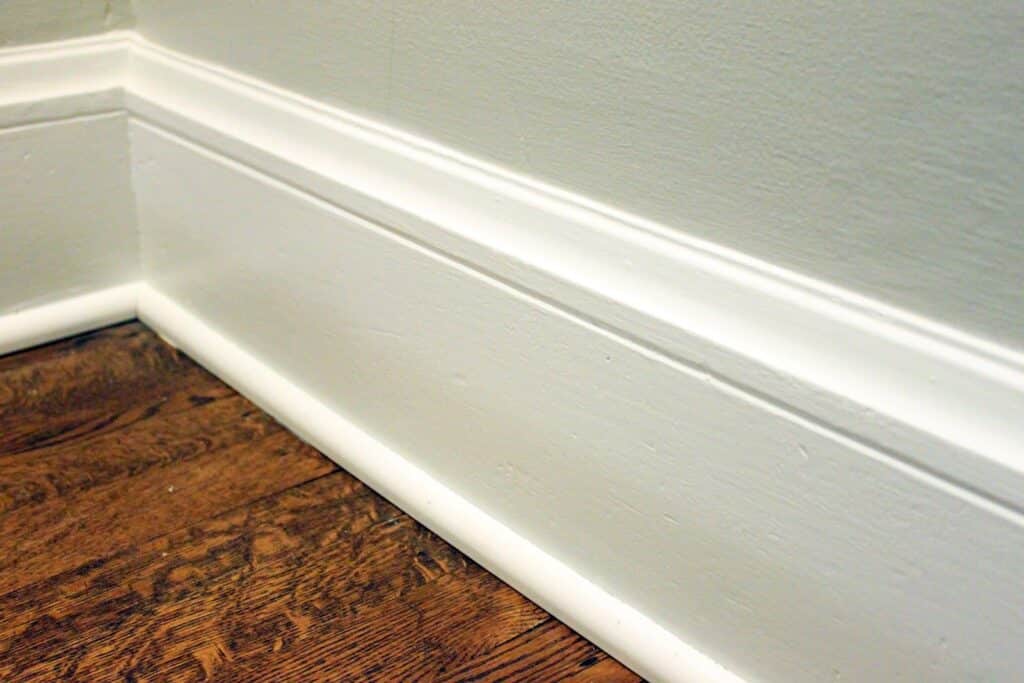
Conclusion
Matching baseboards can be a challenging task, but with the right techniques and tools, it can be accomplished successfully. By following the steps outlined in this guide, you can ensure that your baseboards match seamlessly, creating a cohesive and polished look in your home.
Firstly, it is important to measure and select the correct size and style of baseboard for your space. Taking accurate measurements and considering the overall aesthetic of your room will help you choose the right baseboard match that complements your existing decor. Additionally, selecting a baseboard that matches the style and era of your home will ensure a cohesive look throughout.
Once you have chosen the appropriate baseboard, it is crucial to properly prepare the surface before installation. This includes removing any existing baseboards, sanding down rough edges, and filling in any gaps or holes. Taking the time to properly prepare the surface will ensure a smooth and even installation, resulting in a professional-looking finish.
Finally, when installing the new baseboards, it is important to take your time and pay attention to detail. Ensuring that the baseboards are cut and fitted precisely will help them match seamlessly. Using a miter saw or coping saw can help achieve clean and precise cuts, while a level and measuring tape will ensure accurate placement. Taking the time to carefully install the baseboards will result in a polished and cohesive look.
Matching baseboards requires careful planning, preparation, and attention to detail. By measuring and selecting the appropriate baseboard, properly preparing the surface, and taking your time during installation, you can achieve a seamless and professional-looking finish. Whether you are updating your existing baseboards or installing new ones, following these steps will help you create a cohesive and polished look in your home.



